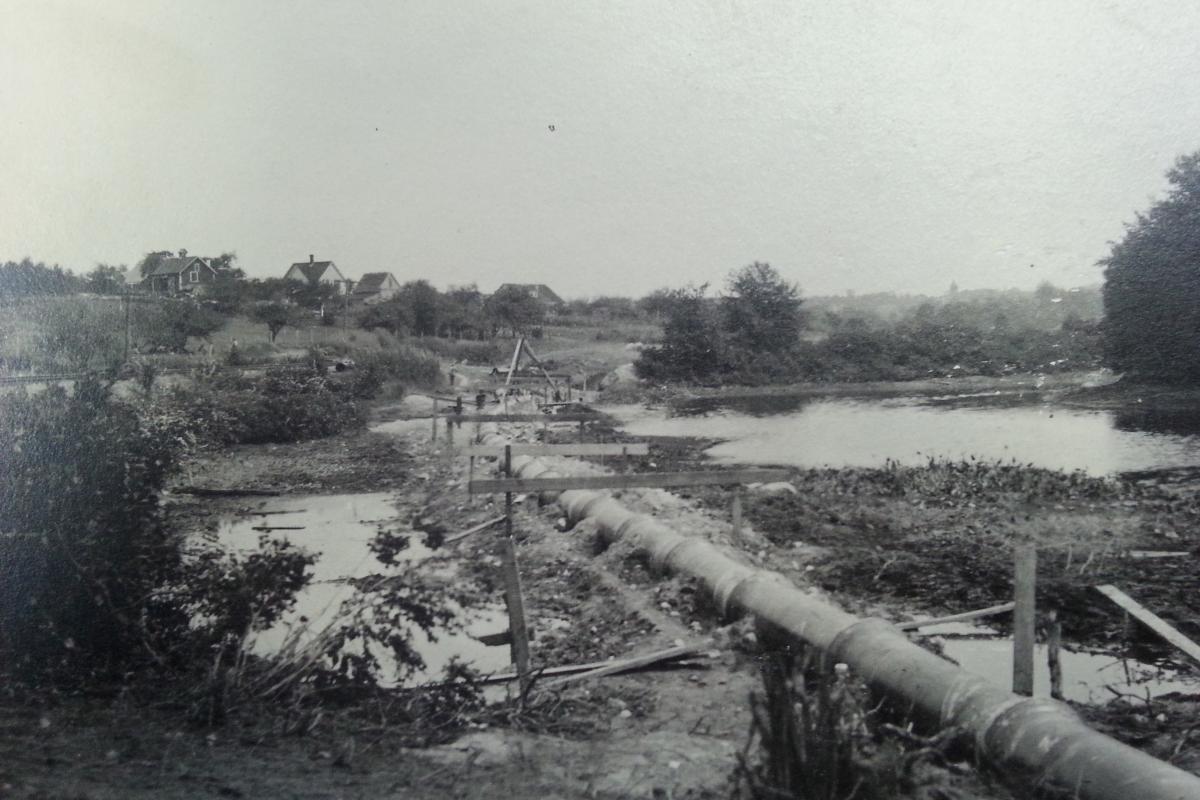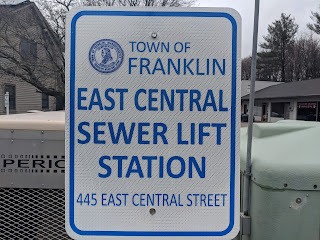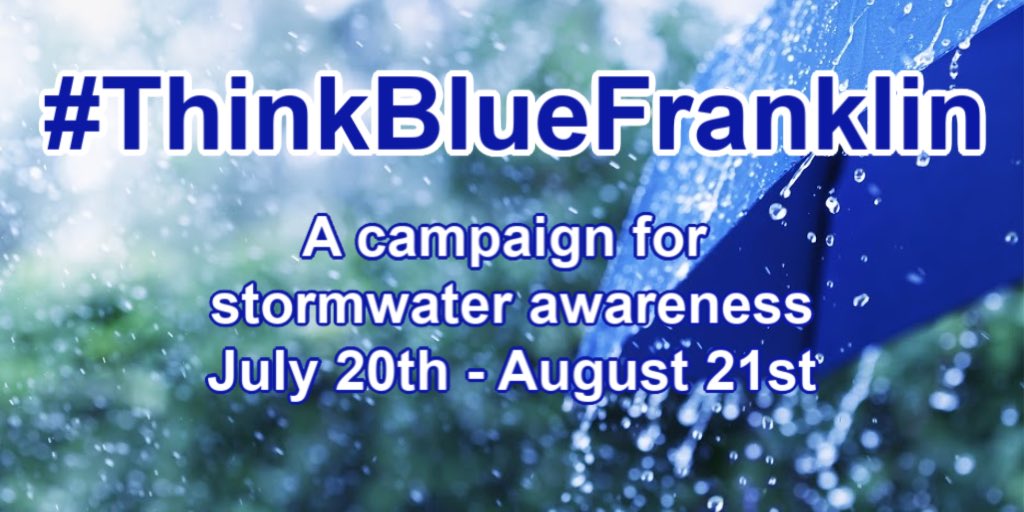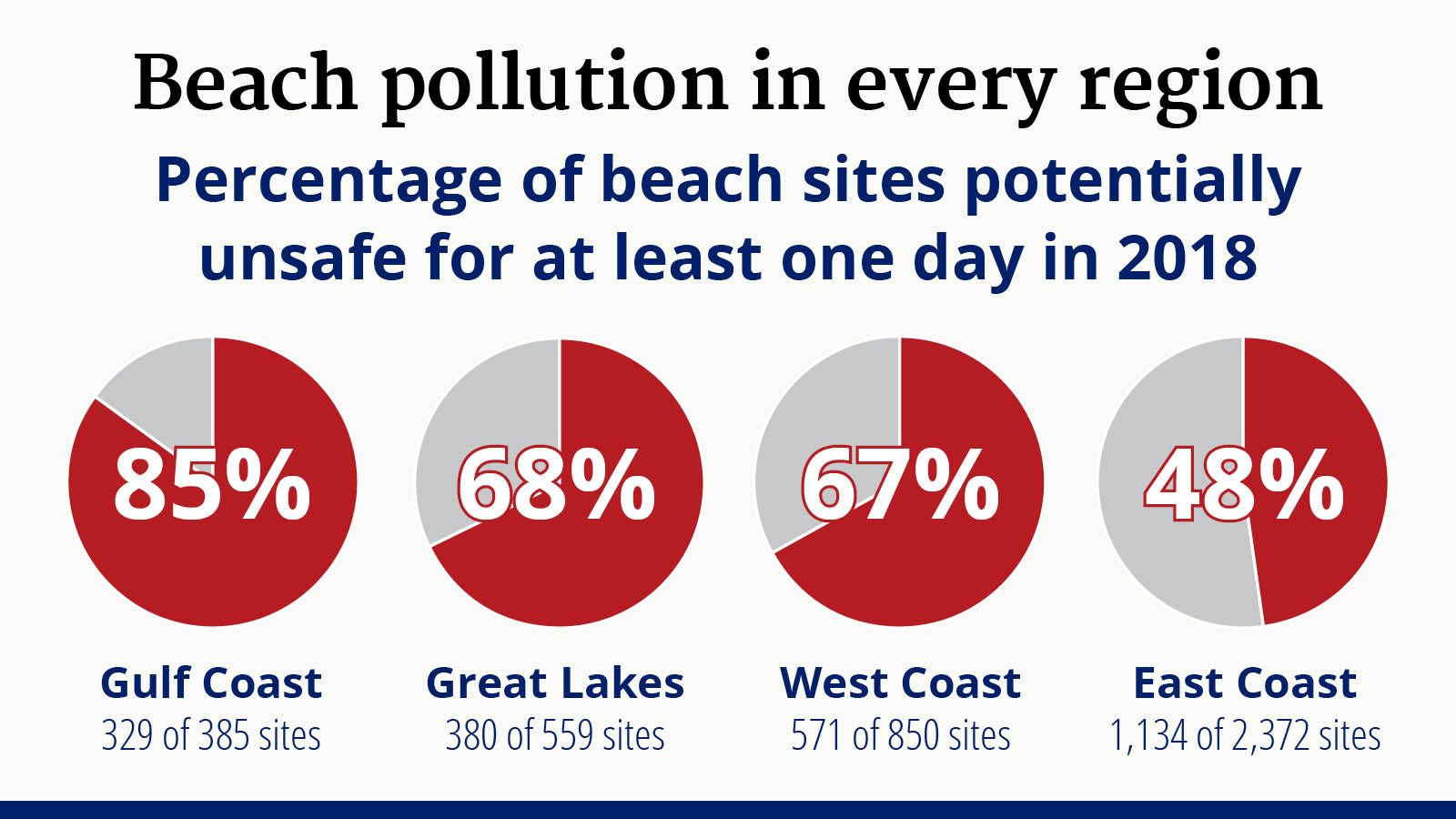 |
| Wastewater Treatment Operator position being hired by Charles River Pollution Control District |
Providing accurate and timely information about what matters in Franklin, MA since 2007. * Working in collaboration with Franklin TV and Radio (wfpr.fm) since October 2019 *
Sunday, June 1, 2025
Wastewater Treatment Operator position being hired by Charles River Pollution Control District
Thursday, September 5, 2024
Town of Franklin: All about the water system, yes we have enough (audio)
Continuing to find and share golden nuggets from the archives, we have this 3-part audio series on the water system covering all aspects from the well head to your faucet.
You can also find the 3-part series on the Town of Franklin page -> https://www.franklinma.gov/water-sewer-division/news/franklin-matters-conversations-doug-martin-jake-standley
------------
FM #588 = This is the Franklin Matters radio show, number 588 in the series.
This session of the radio show shares my conversation with Doug Martin, Franklin’s Water and Sewer Superintendent and Jake Standly, the Assistant Water/Sewer Superintendent.
We had our conversation in the Franklin Public Radio studios on Hutchinson St. This is one of three in a series exploring the status and operations of the Franklin’s Water Dept.
Part 1 - approx. 30 minutes
A brief on Doug and Jake’s Franklin ‘story’
New treatment plant, now operational, treating Wells 3 and 6; Well 6 is really a well field (of six separate wells)
Difference between registration and permitted amount to draw
Overall well status and supply (well summary on water report)
Water conservation measures are a ‘forever’ thing right? (per the permit from DEP)
Town wells draw from 40-50 feet where most private wells can draw from a 300-500 foot depth; if you have a private well, please put out a sign if you use it for irrigation
Finances on water rate and sewer rate calculations, aside from private wells and septic systems, it is usage based billing
Fire Dept working very closely with them on hydrant maintenance and water pressure opportunity areas to work towards an increase in the ISO certification for the Fire department; hydrant signage being added to help especially when out communities respond to help
E-coli hit on well 2A, notification only discussed; test result was from the ‘raw’ side of the water, not the ‘treated side’ of the supply; “the ground is just a big old filter, and when you get 6-8 inches of rain the ground just can't handle it”
The process worked, the testing and system ensures good water is being delivered all the time
PFAS testing currently State funded; testing at parts per trillion, not million as with most other; PFAS is pervasive; Testers can’t use Teflon pans or Tupperware before taking test sample (to avoid contamination of the sample)
The show notes include links to the Franklin Water Dept. page and other references.
Let’s listen to this part of my conversation with Doug and Jake and learn all about Franklin’s water supply.
Audio File -> https://player.captivate.fm/episode/a7deabf6-08b9-41d8-820c-8bee1aa437db
------------
Part 2 - approx. 38 minutes
Permit process 20 years, midway through this one
Overall water usage per capita for Franklin is among the best in the state (~45-49gpp vs ~65gpp)
Unaccounted for water and meter standards, Franklin is a model community for this
Infiltration annual testing uses a “stethoscope for the road”
Town owns from the water main to the curb stop (water service shut off from street); Town also owns the meter
Meter read via radio today, may eventually get to an automatic send to a data collector; used to take 2 guys a month to read, now it takes one only a week to read the meters
WaterSmart system data based upon readings monthly; billing readings are monthly
Rebates available for high efficiency water use appliances
Annual Water report - highlights by section
Reference to working without the incredible asset of Dave Allard, now retired; 4 hours of a brain dump didn’t catch it all but he still answers the phone when they call
Key items explained, testing process, negligible results are shown for 20 or so items, another 100+ are tested with no findings, PFAS testing added per state DEP regs
Difference between water testing done by Town vs. Water bottles available in retail (FDA vs. DEP/EPA regulations)
Thanks to the 61 residents for participating in the lead and copper special testing required (lead goose necks)
WaterSmart website, Individual usage can be monitored, Leak detection service
The show notes include links to the Franklin Water Dept. page and other references.
Let’s listen to this part of my conversation with Doug and Jake and learn all about Franklin’s water supply.
Audio file -> https://player.captivate.fm/episode/a148dcea-1db5-49f2-b11c-e302009de27f
Part 3 - approx. 28 minutes
Water treatment process flow on last page of “Consumer Confidence Report” CCR
CCR only shows what was found when tested
Programed with multiple fail safes, if deviation occurs outside of range, it shuts down
Safe in that it is also closed, no internet access to system controls
All of the water system is managed by four guys; Licenses required, continuing education required annually, training provided/supported by Town
Water enterprise account, Usage based services, quarterly billing per usage
Capital projects funded from ratepayers
Work to prepare for water and sewer line replacements as part of rebuilding the roads
Retained balance of $1M as a practice for “in case”
Increase reliability of SCADA system by switching to fiber from radio wave
Good to know; the water sewer world of infrastructure is a thing for consideration - job security and regular challenges; the industry is facing 60% of the workforce retiring in the next 10 years
The show notes include links to the Franklin Water Dept. page and other references.
Let’s listen to this part of my conversation with Doug and Jake and learn all about Franklin’s water supply.
Audio file -> https://player.captivate.fm/episode/3e921c80-30d7-4f9b-bd36-a8becc68be90
 |
| Town of Franklin: All about the water system, yes we have enough (audio) |
Monday, December 25, 2023
Call for Water
When thirsty, your body signals a call for water
A turn of the faucet, or a flush of the toilet, starts a call for water
The signal may require a long walk, to the well, or stream,
To return with a full yellow container to answer the call for water
The faucet at the sink will start the flow through the pipes
in the house, the street, pump, or water tower to answer the call for water
When the hot water faucet is turned, the water flows under pressure,
with a diversion through heating coils, to answer the call for water
When the toilet is flushed, the water flows carrying the refuse liquid
and, or solid, before refilling the device in the call for water
The refuse, liquid and solid, moves through gravity flow pipes
to get processed before returning to the stream to answer the call for water
II
Science tells us human males are about 60% water, females about 55%,
which shows why we need to respond to the call for water
The earth's surface is about 70% water but 97% of that is salt water
requiring treatment before answering the call for water
We have to take care of the 3% fresh water, use it as needed,
conserve it to help with the call for water
Science can help determine a good economic process
for conversion of salt water to better answer the call for water
We need to foster those scientific efforts, and trust the science,
as it evolves to provide a solution to the call for water
There are those among us near and far, who need shorter walks,
or better access, to answer the call for water
So Sherlock, are you all wet yet? Or will you help Frank,
and Lynn when they initiate their call for water?
-------------
originally shared at quietpoet.com/
https://www.quietpoet.com/2023/12/call-for-water.html
During 2021, I was able to record a three-part series on the Franklin water system. My conversation with Doug Martin, Franklin’s Water and Sewer Superintendent and Jake Standly, the Assistant Water/Sewer Superintendent has aged well. Some of the numbers may change but the overall process we review doesn't change much.
The three-part audio series can be found here ->
- https://www.franklinmatters.org/2021/08/fm-588-franklin-ma-dpw-water-series.html
- https://www.franklinmatters.org/2021/08/fm-589-franklin-ma-dpw-water-series.html
- https://www.franklinmatters.org/2021/08/fm-590-franklin-ma-dpw-water-series.html
 |
| three-part series on the Franklin water system |
During 2023, I was able to record a three-part series on the sewer side of the business. Doug Martin, Franklin’s Water and Sewer Superintendent and Jake Standly, the Assistant Water/Sewer Superintendent, joined me again as we talked about the flushing side of the side handling our waste water.
- https://www.franklinmatters.org/2023/07/all-about-town-of-franklin-sewer.html
- https://www.franklinmatters.org/2023/07/all-about-town-of-franklin-sewer_02109748944.html
- https://www.franklinmatters.org/2023/07/all-about-town-of-franklin-sewer_0306615856.html
 |
| Construction of the Beaver Street Interceptor. The houses in background are West Central Street, Panther Way area. |
Thursday, January 5, 2023
Franklin receives $110K from Mass DEP Gap Energy Grant Program
In a continuing effort to support a more sustainable Commonwealth, the Baker-Polito Administration today announced $8.1 million in grants through the Gap Energy Grant Program to help water facilities, non-profits and small businesses reduce energy use, increase energy efficiency, and generate renewable energy. The Gap Energy Grants are administered by the Massachusetts Department of Environmental Protection (MassDEP), which operates the initiative under its Clean Energy Results Program. By filling the “gap” in project financing, these grants are made possible through the Climate Protection and Mitigation Expendable Trust and enable its recipients to use utility incentives and funds from other sources to build or install energy efficiency and clean energy projects. This year, the 63 recipients receiving the grants represent three sectors in the state: municipal water facilities; non-profit multi-family affordable housing organizations; and agricultural and food-producing non-profits and small businesses.
“Assisting municipalities, small businesses and non-profit organizations to proactively work to reduce their energy usage and utilize clean, renewable energy is among our top environmental priorities,” said Governor Charlie Baker. “These Gap Energy Grant Program funds will greatly assist these municipalities and organizations as they work to improve efficiency, reduce energy use, and generate clean energy to produce immediate and long-term energy savings and contribute to the state’s efforts to reduce its carbon footprint.”
“The Gap Energy Grant Program enables municipal water utilities and other organizations to leverage critical sources of funding, including energy efficiency incentives from electrical utilities, to fully implement energy saving measures,” said Lieutenant Governor Karyn Polito. “Importantly, with lower energy bills, these entities can reinvest their operational cost savings into their facilities and organizational missions.”
These 63 grant awards will support more than 100 projects that are to be completed by the end of 2024. The projects are anticipated to generate more than 9,000 megawatt hours (MWh) in annual electricity savings or onsite generation of clean energy, sufficient to power more than 250 households and reduce carbon emissions by 3,359 metric tons. Overall, the grantees expect to have an estimated annual savings of up to $1,642,963. Examples of awardees include:
- The City of Pittsfield Wastewater Treatment Plant, which is one of the 41 water-utility facilities receiving grants, will use its grant for its clean energy Combined Heat and Power (CHP) generation project that is expected to save the city over $500,000 annually while reducing electric utility bills by 35 percent;
- The Allston Brighton Community Development Corporation is one of 12 multi-family affordable housing non-profit organizations receiving the Gap grant. The organization plans to use the funding to install a 97-kilowatt (kW) rooftop solar photovoltaic system at five affordable housing buildings, containing 53 units, in Allston;
- The Cambridge Community Center is among seven non-profit food organizations awarded a grant, and will use funding for its food pantry to install a 103.2-kW resilient power microgrid system, consisting of 43.2-kW rooftop solar photovoltaic and a 60-kW combination battery power and biodiesel generator system; and
- Elliot Farm LLC in Lakeville, one of three agriculturally focused small businesses receiving awards, to install a 68.4 kW solar photovoltaic and battery storage system with an Active Demand Response program with Eversource.
“Massachusetts is a national leader in energy efficiency and the development of renewable energy, which the one-of-a-kind Gap Energy Grant Program furthers our collective efforts and delivers beneficial results across the Commonwealth,” said Energy and Environmental Affairs Secretary Beth Card. “These critical grants provide a positive return on investment, not only for the organizations receiving funding, but also for the state, energy utilities, and the public.”
“Based on the success of the Gap Energy Grant Program over the last decade, MassDEP is pleased to expand the program to non-profit multi-family affordable housing and non-profit agricultural and food distribution entities,” said MassDEP Commissioner Martin Suuberg. “These entities, like municipal water utilities, can be limited by funding in accessing deep energy savings and renewable energy opportunities through energy improvements. The non-profit organizations that we are funding with a Gap Energy grant will now be able to reduce energy costs and reinvest those savings into their programs, which serve many of the most vulnerable and needy in our state.”
This year marks the first time that the Gap Energy Grant Program has extended its reach to include non-profit organizations and small businesses. In 2018, the second round of Gap Energy grants awarded 43 drinking water and wastewater treatment facilities $4 million, subsequently funding 36 energy projects that are saving facilities $1.3 million annually and generating approximately 9,580 MWh in annual electricity savings or on-site clean energy generation. In 2014, the first round of Gap Energy grants included awards to 21 water and wastewater facilities of more than $1.7 million for 30 projects that have generated enough electricity to fully heat and power nearly 900 Massachusetts homes each year for 15 years.
“In our efforts to mitigate the climate crisis, pursuing energy efficient initiatives is a critical component to reducing carbon emissions,” said State Senator Julian Cyr (D-Truro). “I am thrilled that water facilities in Edgartown, Orleans, and Yarmouth as well as housing-focused non-profits on Nantucket and Martha’s Vineyard will receive monies from the Gap Energy Grant Program that will help fund local projects that further our community’s clean energy journey.”
“Elliot Farm is a fantastic small business in Lakeville that has continued to evolve and grow,” said State Senator Michael Rodrigues (D-Westport), Chair of the Senate Committee on Ways and Means. “I congratulate Elliot Farm as a recipient of the Massachusetts Gap Energy Grant Program and thank them for being a model business that is demonstrating how to grow a business, be energy efficient, and contribute to a healthier planet.”
For a full list of grant awardees funded by the Gap Energy grants by sector, please visit MassDEP’s webpage.
MassDEP’s mission is to protect and enhance the Commonwealth’s natural resources – air, water and land – to provide for the health, safety and welfare of all people, and a clean and safe environment for future generations. In carrying out this mission, MassDEP commits to address and advance environmental justice and equity for all people of the Commonwealth, provide meaningful, inclusive opportunities for people to participate in agency decisions that affect their lives and ensure a diverse workforce that reflects the communities served by the agency.
Grant award listing -> https://www.mass.gov/doc/massachusetts-gap-iii-energy-grant-awardees/download
 |
| sign at the East Central lift station although not part of this award |
Friday, January 21, 2022
“Imagine what we can learn”
"When talking with entrepreneurs Mariana Matus and Newsha Ghaeli about poop, things can veer into the philosophical.“The behavior of a city is imprinted in its sewage,” Ghaeli says. “It’s like the fingerprints of our health.”Their company, Biobot Analytics, has met the pandemic moment. What started as a research idea at MIT, focusing on how waste water data can help mitigate the spread of disease, has turned into something bigger. Now, it’s a fast-growing startup — with over 65 employees and millions in funding — that has contracted with over 700 towns, across every state in the country, to study their sewage and help policy makers predict how bad the coronavirus could get in their communities."
 |
| Mariana Matus, cofounder and CEO of Biobot Analytics.ERIN CLARK/GLOBE STAFF |
Saturday, January 1, 2022
"virus traces in the waste water have risen extremely fast over the last three weeks"
"Levels of coronavirus detected in Boston-area waste water have reached new highs, with seven-day averages that shatter previous record-breaking levels.On Dec. 29, the seven-day average of virus traces in the waste water in the southern sample of the Massachusetts Water Resources Authority’s territory was 8,164 RNA copies/mL. That’s up from 2,574 RNA copies/mL on Dec. 23, meaning the average has more than tripled in the last six days.Waste-water testing serves as an early warning sign for a COVID-19 surge. Cambridge-based Biobot Analytics, which tests the waste water coming into MWRA’s Deer Island treatment plant, has said it has found the amount of virus in the waste water is correlated with newly diagnosed coronavirus cases four to 10 days later."
 |
| Test results from MWRA’s pilot study to track waste water at the Deer Island treatment plant for indicators of COVID-19 infection.MASSACHUSETTS WATER RESOURCES AUTHORITY |
Monday, August 31, 2020
Charles River Watershed Association: new issue of "River Current"
"Did you catch our August issue of the River Current? It's packed with the latest on I-90, cyanobacteria bloom news, a farewell to summer interns, and more! "
River Current = https://t.co/ClVmKXX8RV
Charles River tweet with link = https://t.co/bMCuBgeFOh
 |
| Charles River Watershed Association |
Tuesday, July 14, 2020
#ThinkBlueFranklin - a campaign for stormwater awareness - begins week of July 20
"Coming next week! Stay tuned to learn how to participate and enter to win great prizes!!!! @waterwords #stormwater #learn #educate #fun #cleanerwater #thinkbluefranklin"
 |
| #ThinkBlueFranklin - a campaign for stormwater awareness - begins week of July 20 |
https://twitter.com/TOFranklinMA/status/1282733373430145024?s=09
Wednesday, August 14, 2019
"it’s something they should be aware of”
"When determining if a beach is safe for swimming, local health departments and state officials measure levels of the bacteria enterococcus, which typically makes its way into marine water through fecal matter. High levels of enterococci in ocean water are a red flag that the water may also contain other disease-inducing microbes, which is why it is referred to as an “indicator” bacteria.Continue reading the article online (subscription may be required)
This is why beaches are often closed after heavy rainstorms — rain that isn’t absorbed into the soil or diverted can pick up fecal matter from pets and wild animals and flow it into the ocean.
“Stormwater is a major culprit for beach closures related to fecal bacteria,” said Bethany Traverse, coordinator of the Barnstable County Department of Health and Environment’s beach water testing program. “In any populated area, you have roadways and other infrastructure that affect the flow of contaminated water into the surrounding water bodies. When it rains, a lot of water is diverted into storm drains and away from bathing areas. But it’s not perfect; bird and animal waste will make its way into the water and storm water helps it get there in a rapid ‘flush.’”
https://www.milforddailynews.com/news/20190813/just-how-much-waste-is-in-that-water-youre-swimming-in/1
The full Environment America report
https://environmentamerica.org/feature/ame/safe-swimming
 |
| More than half of the thousands of beach sites sampled for bacteria across the country were potentially unsafe for swimming on at least one day in 2018 |
Monday, February 20, 2017
Town Council meeting recap - follow the water!
Some big expenses coming down the road. A water treatment plant is needed for Wells 3 and 6 or we would see this in our faucets (slide 35 from the presentation below):
 |
| Well 6 is underutilized as it has too much iron and manganese in it |
The water treatment plant needed for Wells 3 and 6 (slide 37) is estimated at $6M. This is starting to be planned for now and would likely begin in a couple of years.
Replacement of the Beaver St connector is more expensive and would cost approx $15-20M. The connector was built in 1910 and carries most of Franklin's waste to the Charles River plant in Medway (page 5 of the presentation below).
I highly recommend listening to this presentation and discussion about the proposed inclusion of private wells in the future water ban restrictions. Not, the normal conservation effort only the water ban (if declared).
It begins approx. 25 minutes into the video and runs for over an hour.
The video replay of the Town Council meeting of Feb 15, 2017 can be found here
http://view.earthchannel.com/PlayerController.aspx?PGD=franknma&eID=433
The Actions Taken by the Town Council can be found here
http://www.franklinma.gov/sites/franklinma/files/news/town_council_actions_taken_february_15_2017.pdf
My notes reported live during the meeting can be found here